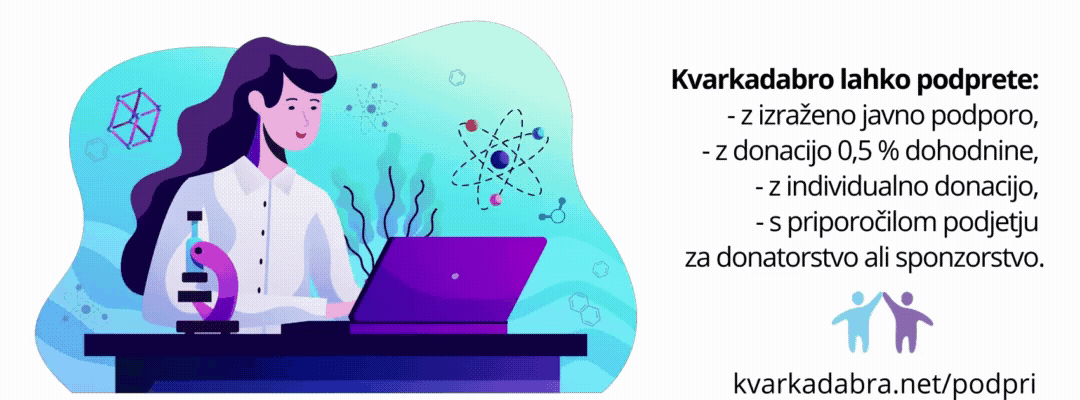V videu si lahko ogledamo nazorno predstavitev, kako plast silikonskega olja, ki rahlo vibrira na zvočniku, poustvari mnoge pojave, ki jih poznamo iz kvantnega sveta. Kapljice olja lebdijo nad površino in interagirajo s stoječimi valovi, ki se ustvarijo na površini olja. Takšne lebdeče kapljice se obnašajo podobno kot kvantni delci.
Debata o eksperimentu poteka tule: Veritasium’s newest YouTube video on simulating quantum mechanics with oil droplets!
The standard theory of quantum mechanics leaves a bit to be desired. As Richard Feynman put it, “I think I can safely say that no one understands quantum mechanics.” This is because observations of experiments have led us to a theory that contradicts common sense. The wave function contains all the information that is knowable about a particle, yet it can only be used to calculate probabilities of where a particle will likely turn up. It can’t give us an actual account of where the particle went or where it will be at some later time.
Some have suggested that this theory is incomplete. Maybe something is going on beneath the radar of standard quantum theory and somehow producing the appearance of randomness and uncertainty without actually being random or uncertain. Theories of this sort are called hidden variable theories because they propose entities that aren’t observable. One such theory is pilot wave theory, first proposed by de Broglie, but later developed by Bohm. The idea here is that a particle oscillates, creating a wave. It then interacts with the wave and this complex interaction determines its motion.
Experiments using silicone oil droplets on a vibrating bath provide a remarkable physical realization of pilot wave theories. They give us a physical picture of what the quantum world might look like if this is what’s going on – and this theory is still deterministic. The particle is never in two places at once and there is no randomness.
















